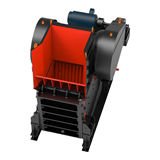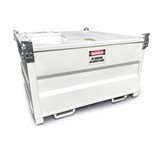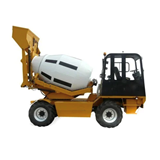Researchers at the ARC Centre of Excellence for Electromaterials Science (ACES) at the University of Wollongong are part of a team spread across four continents, to develop the new hybrid yarn muscle.
The hybrid yarn muscles are based on carbon nanotubes which are hollow cylinders just one carbon atom thick like the layers of graphite. On their own, carbon nanotubes are about 10,000 times smaller than the diameter of a human hair but they can be 100 times stronger than steel.
Researchers combine the nanotubes with a wax material like household candles, the result being a single thread of yarn around 10 times smaller than the diameter of a human hair, that can lift over 100,000 times its own weight and generate 85 times higher mechanical output that natural skeletal muscles.
"When heated, either electrically or with a flash of light, the wax in the yarn muscles expands, causing contraction of the nanotube yarn and generating a very large contraction," according to ACES researcher Professor Geoff Spinks.
Unlike other artificial muscles, the hybrid yarn muscles are fully dry so actuation can be triggered from changes in environmental temperature or the presence of chemical agents, making them perfect for use as self-powered intelligent materials.
Using the advanced customised technology of the Australian National Fabrication Facility that is housed at ACES’ Wollongong NSW node, scientists can move to the next exciting step of weaving, sewing, braiding and knitting the hybrid yarn muscles.
"The yarns could be used to create intelligent fabrics that can open and close the porosity of the fabric to allow heat in or keep it out, or release moisture," ACES researcher and fabrication expert Dr Javad Foroughi said, who has also just been awarded a three-year fellowship from the Australian Research Council to develop intelligent fabrics.
Other applications for the yarns could include robots, catheters, micro-motors, tuneable optical systems and even toys.

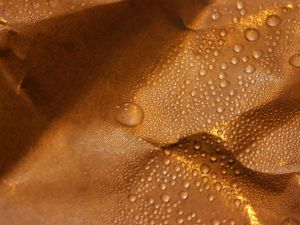
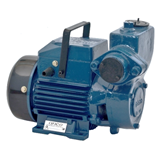



-160x160-state_article-rel-cat.png)

-160x160-state_article-rel-cat.png)




-160x160-state_article-rel-cat.png)

-160x160-state_article-rel-cat.jpg)




